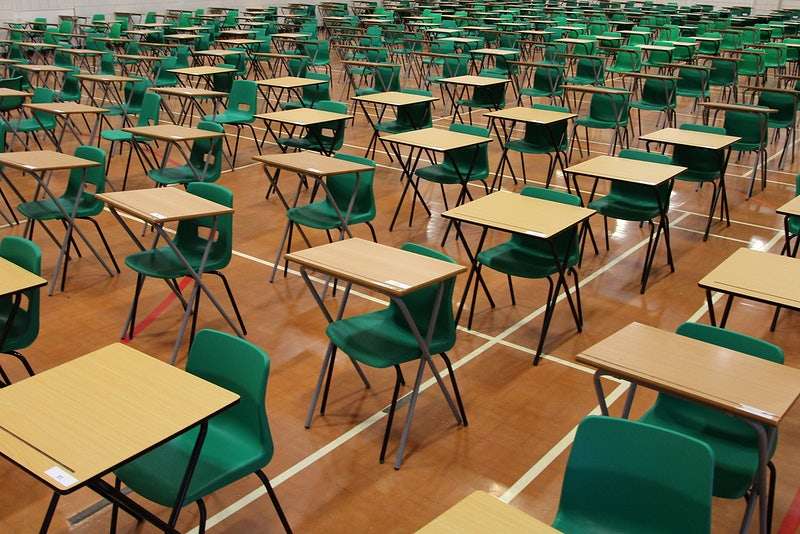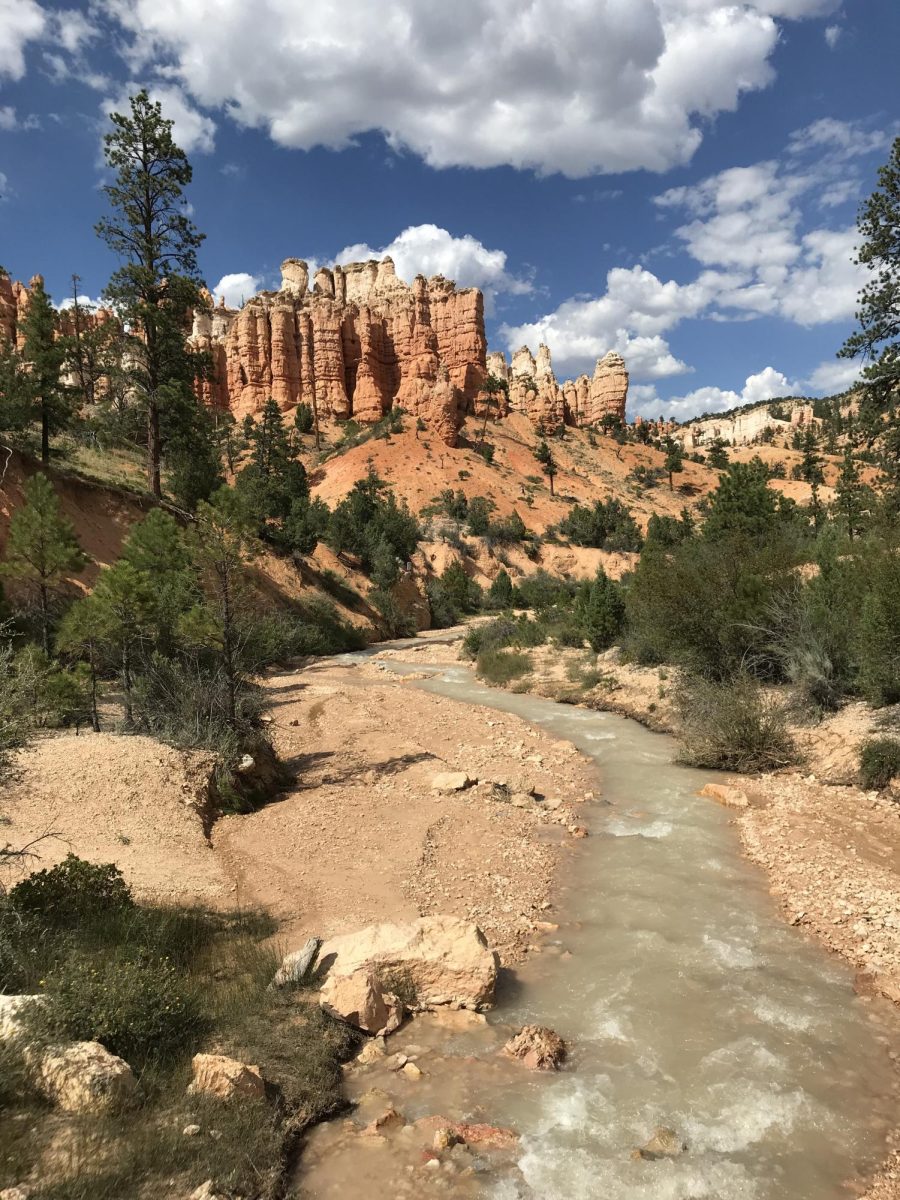Since the spring of 2022, more than 110,000 asylum seekers have flooded the streets of New York City.
Eric Adams, the mayor of New York City, has called it a humanitarian crisis that will cost the city about $12 billion over three years. In September, city officials declared a state of emergency, saying that they have started to run out of room.
“While New York City will continue to lead, it’s time the state and federal government step up,” Adams said at a recent news conference.
Many arrivals have been by Venezuelan immigrants who entered through the southern border, with officials estimating they make up 40 percent of the migrants.
More than seven million refugees have left Venezuela, a country of 29 million people, as of February, according to Response for Venezuelans, a joint effort between the International Organization for Migration and the United Nations High Commissioner for Refugees. As of September 2023, the US has taken in about 545,000 Venezuelans.
The vast majority of Venezuelans are staying in other South American countries like Colombia, Peru, and Chile. But recently, many have been making the long and dangerous trip through the Darien Jungle, located in between Colombia and Panama. Then, they must travel up through Central America and into Mexico in order to get to the United States. Between 2015 and 2018, around 100 Venezuelans were apprehended annually at the border. But between October 2021 and the end of August 2022, more than 150,000 were apprehended.
After crossing the southern border, thousands have made their way to New York with the help of officials in Texas. The governor of Texas, Greg Abbott, has sent thousands in a campaign to provoke outrage and force the federal government to tighten border security. But Abbott’s buses account for only a small fraction of the people who have arrived.
“Texas border towns should not have to shoulder the burden of Biden’s open border policies,” Abbott posted on X (formerly known as Twitter). “Texas will continue to send buses to sanctuary cities to provide relief to overrun border towns.”
On September 22, Texas officials announced that the state would be busing more migrants from “overwhelmed” border communities to New York City, despite New York’s governor, Kathy Hochul, saying the state is at “capacity.”
In March, NYC officials announced the creation of a 24-hour center to welcome migrants and a new agency to help coordinate the arrival of asylum seekers. But the city’s response has been fragmented and reactive at times as the shelter system has become more strained.
As of September, more than 60,000 migrants were staying in city homeless shelters. In total, 112,800 people were staying in homeless shelters across the city, officials said.
The city has proposed using a variety of locations as emergency housing for migrants. It has housed migrants in hotels, emergency tent shelters on Randall’s Island, school gymnasiums, office buildings, and is now looking to new places, like the parking lot of a state psychiatric hospital.
The city has even started running out of places to house all the migrants. In all, the city has opened more than 208 shelter sites, including 11 humanitarian relief centers, for asylum seekers.
Many have said they are pursuing asylum. But it can take three to four years before a final decision is made in asylum cases, which are often complicated and plagued by delays.
Many migrants are not yet eligible to work in the United States due to asylum rules, which require migrants to wait about six months for a work permit.
Applicants can apply for temporary employment authorization 150 days after successfully filing an asylum application, but are not eligible to receive a work document until then.
The Biden administration recently announced that up to 24,000 Venezuelans would be accepted into the country through the Temporary Protected Status program. The program, similar to one established for Ukrainians, would require Venezuelans who apply to have someone in the United States able to support them financially for up to two years.
Due to the backlogging of asylum and work permits, the city’s migrant shelter population keeps rising. If migrants are seeking asylum, they need to wait about six months, and a backlog in processing asylum applications is making waits even longer. And while Biden’s TPS announcement may eventually make a difference, the Adams administration says it has already spent more than $1.73 billion through the end of July 2023.
Adams has pleaded for help from Governor Hochul and the Biden administration as the overflow of asylum seekers has put a massive strain on the city. The administration is trying to control the growing population by setting restrictions. Adams recently announced that the maximum shelter stay for adults will be 30 days. While all of this could help balance the numbers out, more migrants will keep coming, causing the overpopulation problem to get even worse.
“All of us are going to be impacted by this,” he said at a town hall earlier this month. “I said it last year when we had 15,000, and I’m telling you now at 110,000. The city we knew, we’re about to lose.”
“We need help. We have not been ashamed to say that,” Adams said in late 2022 after Republican governors bused migrants to the city.






![[Protest Tbilisi April 2024] by [Jelger Groeneveld] is licensed under [CC BY 2.0].](https://flhsprospect.com/wp-content/uploads/2025/01/Screenshot-2025-01-29-151213-1-1200x897.png)





![[Shark Fin Soup] by [Harmon] is licensed under [CC BY-ND 2.0]](https://flhsprospect.com/wp-content/uploads/2025/04/Screenshot-2025-04-24-8.24.37-AM.png)

